
Airlines need to get priority boarding right
Dec 03, 2019

Airlines must prioritize the boarding process to enhance passenger satisfaction and streamline operations. Effective priority boarding ensures that those who require assistance, such as families with young children or individuals with disabilities, can board comfortably without delays. Additionally, a well-organized system minimizes congestion in the aisles and reduces overall boarding time, benefiting all passengers. Clear communication about boarding groups and procedures is essential to avoid confusion and frustration. By getting priority boarding right, airlines can create a smoother travel experience, improve customer loyalty, and ultimately foster a positive reputation in a competitive industry.
The Importance of Priority Boarding for Airlines
Priority boarding is a crucial aspect of the travel experience for many passengers. It not only allows frequent fliers and business travelers to board the plane first but also contributes to the overall efficiency of the boarding process. Airlines that get priority boarding right can enhance customer satisfaction and loyalty, which translates into better business outcomes. Understanding how to optimize priority boarding can help airlines improve their operational efficiency and customer experience.
Understanding Priority Boarding Systems
Airlines utilize various priority boarding systems to manage the flow of passengers onto the aircraft. These systems can include different tiers of boarding based on ticket class, frequent flyer status, and additional purchases. Below is a comparison of common priority boarding systems used by airlines:
| Boarding System | Description | Pros | Cons |
|---|---|---|---|
| First Class Only | Only first-class passengers board first. | Exclusive experience for premium customers. | Can cause delays for other passengers. |
| Business Class & Elite Members | Business class and elite status members board before economy. | Encourages loyalty among frequent travelers. | May frustrate economy class passengers. |
| Zone Boarding | Passengers board in designated zones or groups. | Organized and systematic. | Can be confusing if not clearly communicated. |
| Family Boarding | Families with children board early. | Aids families in settling in comfortably. | May lead to longer boarding times. |
Challenges with Priority Boarding
While priority boarding can be advantageous, it also presents certain challenges. Some of the key issues airlines face include:
- Boarding Delays: If priority boarding is not executed efficiently, it can lead to delays that affect the entire flight schedule.
- Passenger Frustration: Non-elite passengers may feel overlooked or frustrated when they see others boarding ahead of them.
- Space Management: Efficient use of overhead bin space is crucial; if priority passengers are allowed to store oversized bags, it can limit space for others.
Strategies for Effective Priority Boarding
To overcome the challenges associated with priority boarding, airlines can implement several strategies to enhance the process:
1. Clear Communication
Airlines should ensure that their boarding policies are communicated clearly to passengers. This can be done through:
- Announcements at the gate.
- Signage that outlines the boarding process.
- Digital displays that show boarding zones and groups.
2. Streamlined Processes
Implementing a more streamlined boarding process can minimize delays. Considerations include:
- Using designated lanes for priority passengers.
- Introducing a staggered boarding approach to reduce congestion.
3. Technology Utilization
Leveraging technology can significantly enhance the boarding experience. Airlines can use:
- Mobile apps to notify passengers when it’s their turn to board.
- Automated systems to track boarding progress and communicate with ground staff.
The Future of Priority Boarding
The future of priority boarding looks promising as airlines continue to innovate. With advancements in technology and a focus on customer satisfaction, airlines can find new ways to enhance the boarding experience. For instance, the introduction of biometric boarding systems can reduce the need for physical boarding passes and speed up the process.
Conclusion
In conclusion, airlines need to get priority boarding right to improve passenger satisfaction and operational efficiency. By understanding the various boarding systems, addressing the inherent challenges, and implementing effective strategies, airlines can create a seamless boarding experience for all passengers. As the travel industry evolves, staying ahead of trends and passenger expectations will be crucial for airlines looking to maintain a competitive edge.
Ultimately, airlines must recognize that a well-executed priority boarding process can lead to happier customers, better reviews, and increased loyalty—key factors in driving long-term success in the competitive aviation market.
```Related Articles

Explore Thailand: The Best Islands to Visit for Paradise, Adventure, and Relaxation

The Ultimate Guide to the Best Islands in Thailand for Your Next Getaway

Do babies need passports? How to get a passport for a newborn
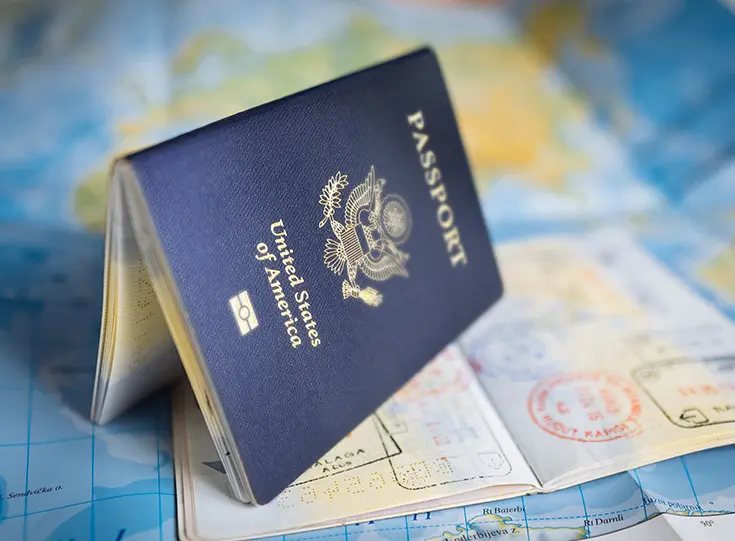
How to get a U.S. passport fast: here’s how to expedite the process
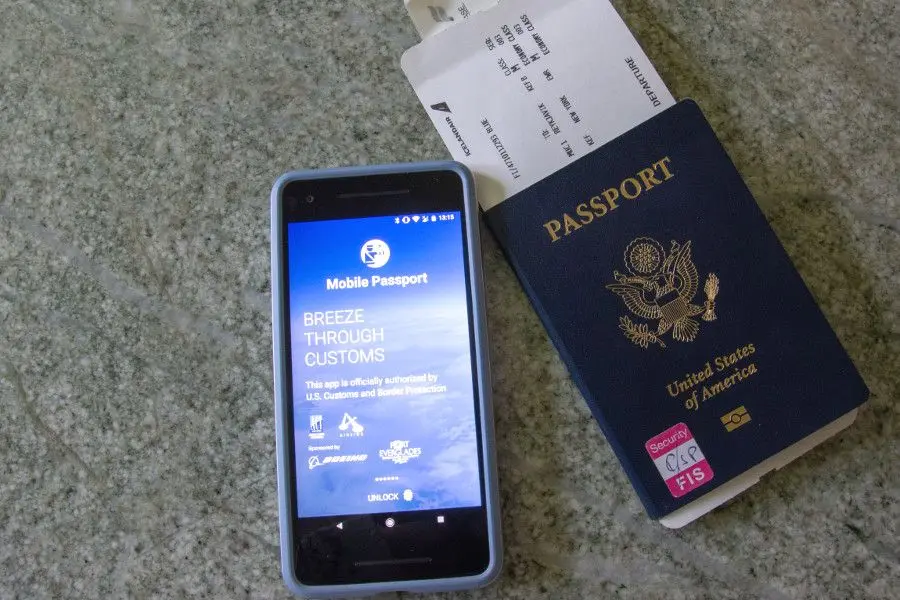
What is Mobile Passport Control: 5 reasons why you should use it

SENTRI vs. Global Entry: A detailed guide

Do you need a passport to go to the Bahamas? Let’s find out

Do you need a passport to go to Mexico? A detailed guide
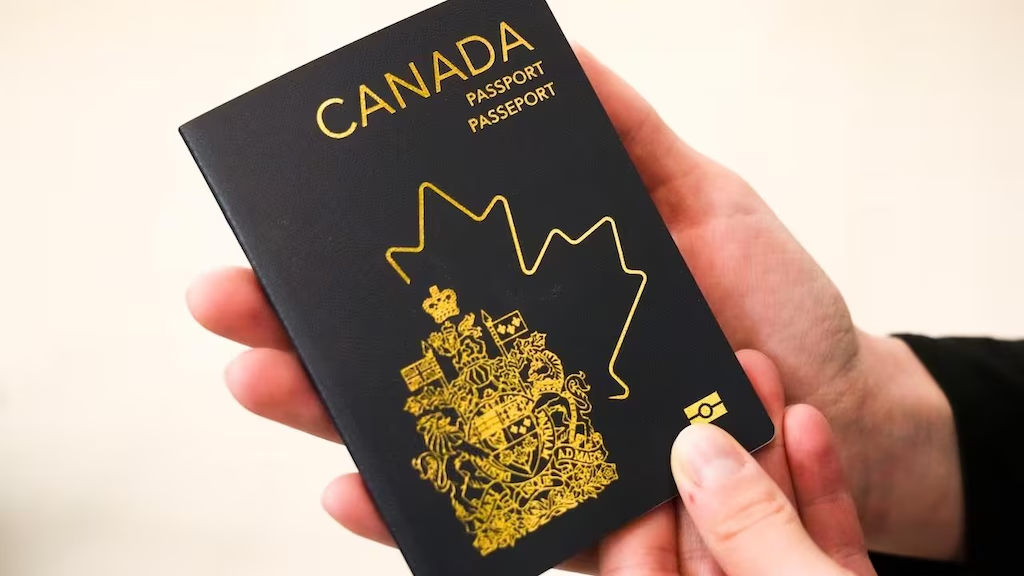
Do you need a passport to go to Canada? We got the answer

Do You Need a Passport for a Cruise: An Essential Travel Guide

Booster Seat Requirements: All the Rules to Follow in Your Rental Car
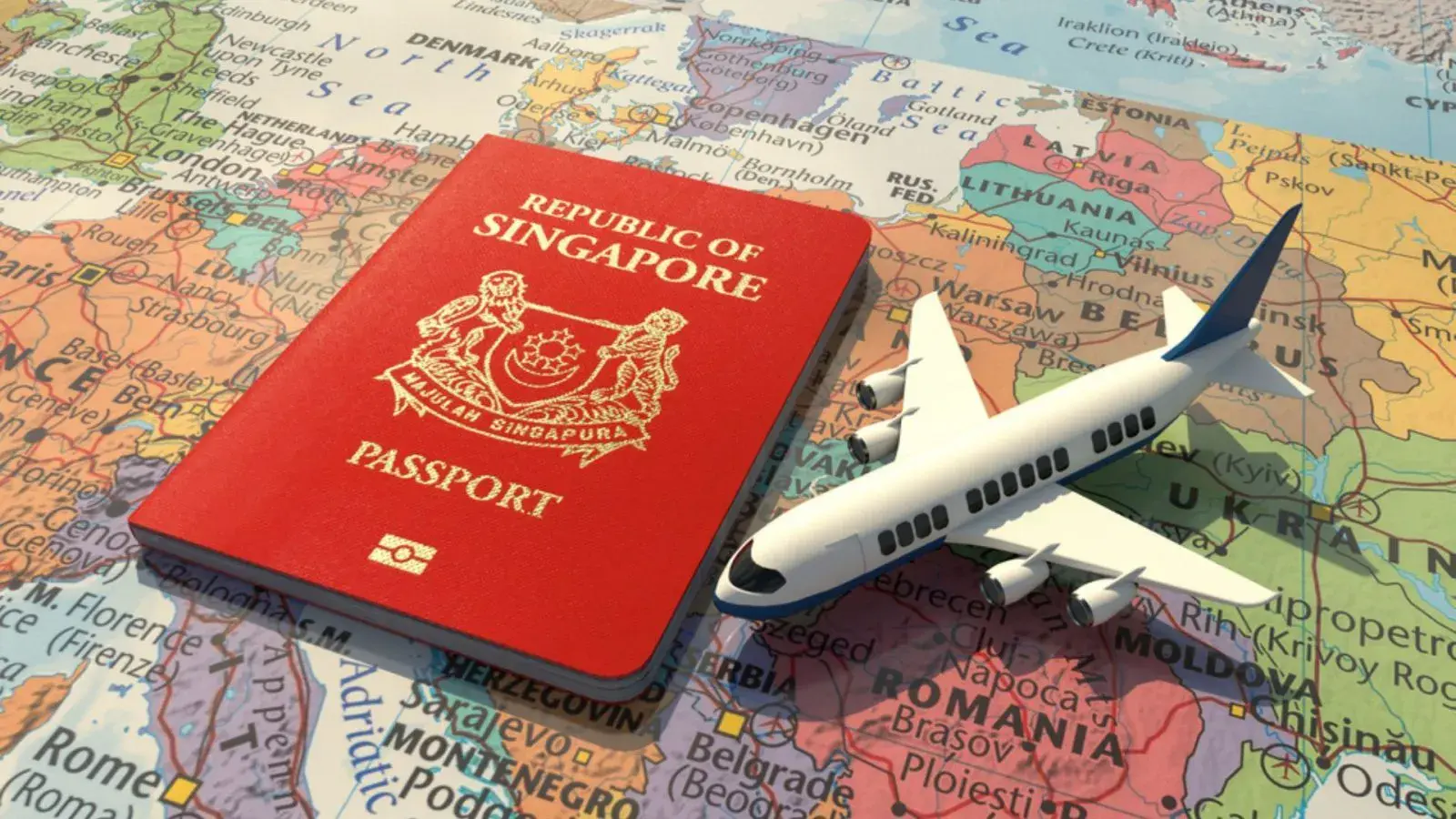
What Are the World’s Most Powerful Passports, and How Does Yours Rank?

How to Take a Passport Photo at Home: A Helpful Guide
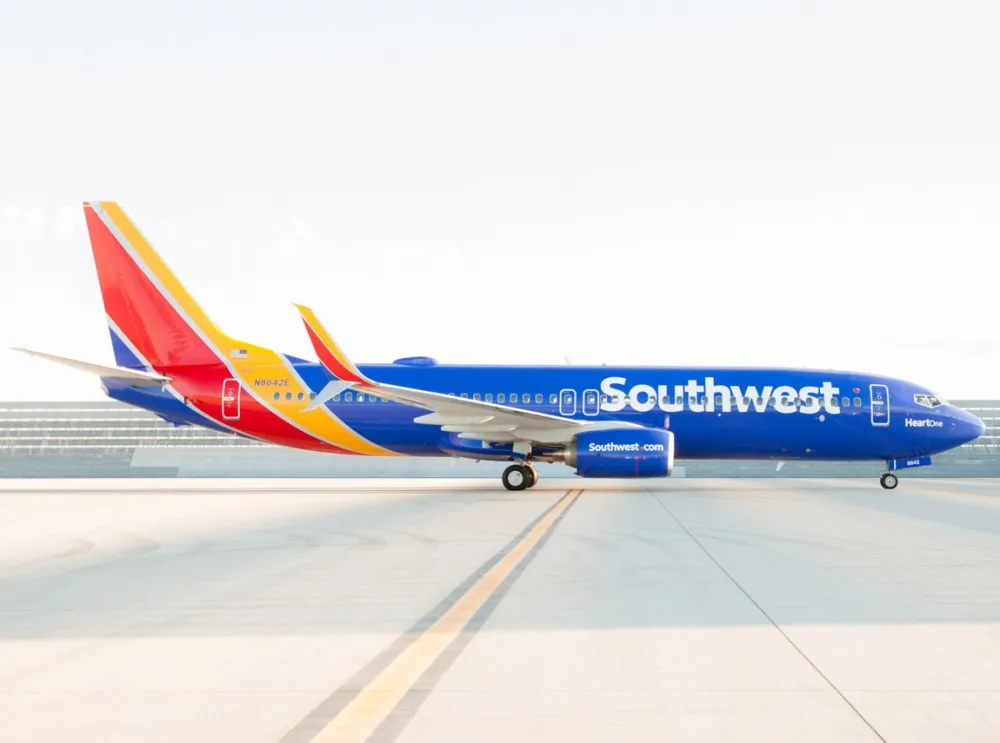
You've got to have heart! Southwest's new livery

Your opinion: Should water be free on low cost carriers?

Young women bolder than guys as solo travellers
